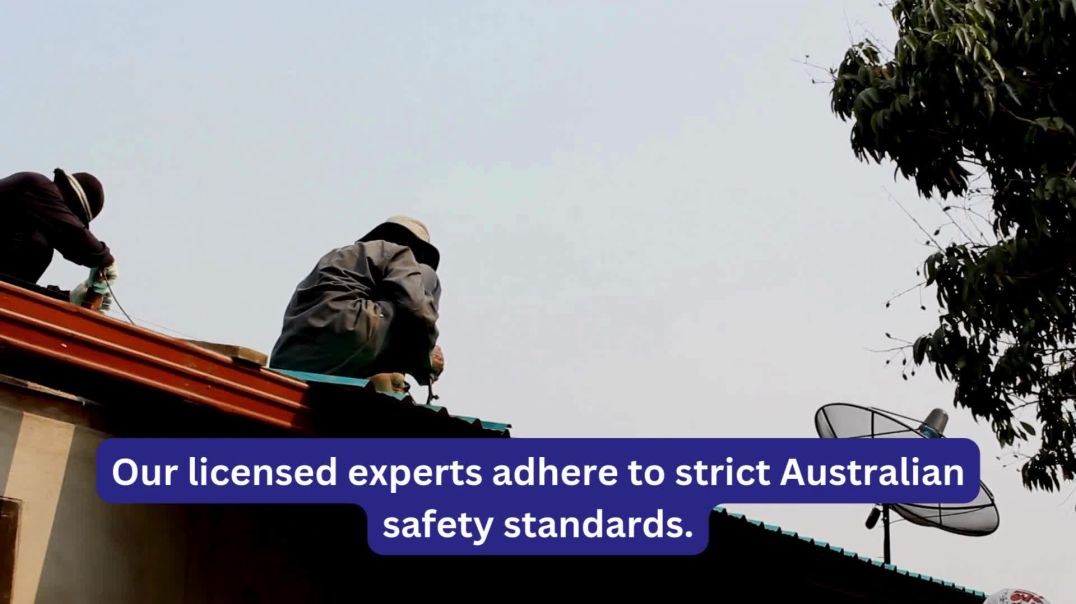5 Views· 07 August 2022
Japan's engineering solutions for the next tsunami
Due to its geographical location on the Ring of Fire, Japan is one of the most seismically active countries on the planet.
As a result, it is frequently devastated by tsunamis, such as the massive tidal wave that occurred on March 11, 2011, following a 9.1-magnitude earthquake that struck 45 miles (72 kilometers) off the coast of the Oshika Peninsula.
The wave hit the Fukushima Daiichi Nuclear Power Plant and caused a nuclear disaster on a scale not seen since Chernobyl. The question then becomes what is the country doing to prevent such disasters?
In the aftermath of the 2011 tsunami, Japan’s Reconstruction Design Council, an advisory panel to then-prime minister Naoto Kan, proposed implementing two classes of tsunami protection for varying levels of severity.
One is for L1 grade tsunamis that occur every 10 to 100 years and another for L2 grade tsunamis that occur every several hundred to 1,000 years. These precautions include the construction of sea walls and tsunami-resistant structures.
But are they enough? How well have they worked so far against natural catastrophes such as earthquakes, floods, and tsunamis, for example? Do they also tackle flood prevention? What else can be done, and how is the country innovating on the measures already in place? Are there any new inventions that can offer added protection? Is the country considering other options?
In our video, we provide answers to these and other questions.
To get the latest science and technology news, subscribe to our newsletter “The Blueprint” at https://bit.ly/3BDdN5e
#engineering



























0 Comments